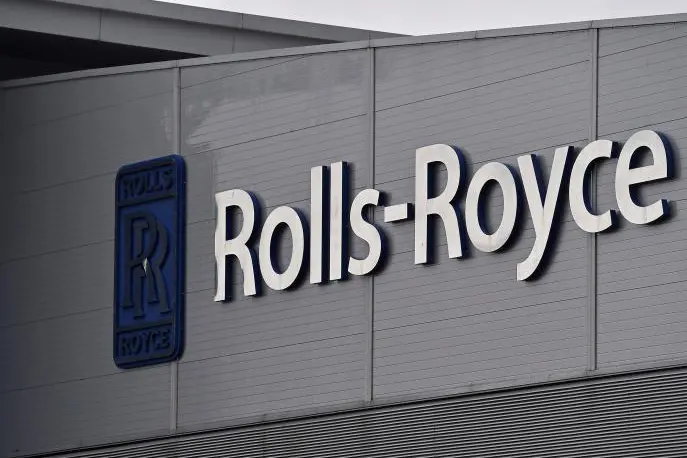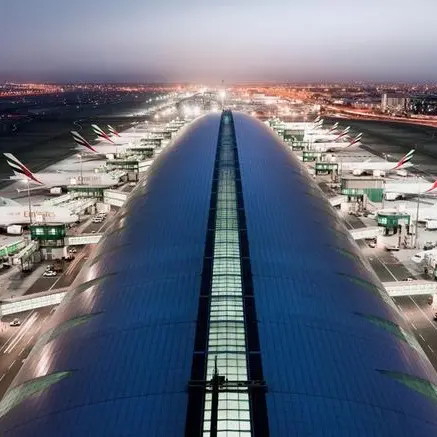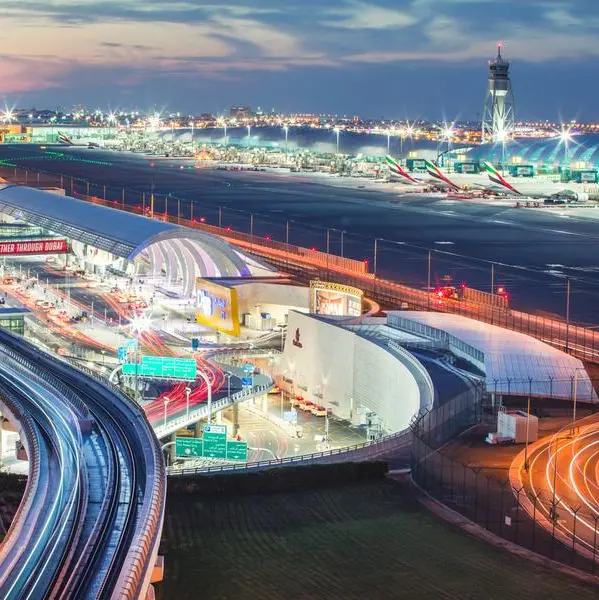PHOTO
(The author is a Reuters Breakingviews columnist. The opinions expressed are his own.)
LONDON - Rolls-Royce’s nuclear power plans leverage Prime Minister Boris Johnson’s green ambitions in more ways than one. The aero-engine manufacturer has secured a 210 million pound grant from the UK government, which is keen to boost power from non-fossil-fuel sources. As with wind and solar, the more important state backing will be long-term promises to buy the reactors’ low-carbon electricity.
More nuclear power is the logical consequence of the UK grid’s rapid switch from coal. On a windy, sunny day, renewables account for up to two-thirds of Britain’s electricity demand. However, overcast, windless days are a problem. Besides being a low-carbon backup generator, Rolls’ mini-reactors should be cheaper and quicker to build than large-scale plants. For an electricity grid facing rapid transformation, that’s crucial.
Tuesday’s deal involves the 12 billion pound engineer injecting 195 million pounds into the new venture, along with partners like Exelon Generation, a U.S. nuclear specialist, who are putting in 145 million pounds. Rolls boffins’ technological savvy, learned from years of building Britain’s nuclear submarines, means it will end up with an 80% stake, a larger share than its immediate investment would justify.
Nuclear power stations have massive upfront costs but relatively low operating ones. Each plant will generate 470 megawatts – enough to power 1 million homes – but will still cost around 2 billion pounds. A long-term commitment from Johnson’s government to buy the electricity at a guaranteed price, as it has done with wind and solar, will make it easier to persuade pension funds and others to stump up the money to build the plants.
Rolls will design and build the new facilities, not run them. With 16 planned – enough to meet a fifth of current peak UK demand – that’s 32 billion pounds of revenue, albeit spread over most of the 2030s. But the more Rolls builds, the better it will get. Assume it installs two a year from 2031, and achieves a 15% net profit margin, in line with UK industrial engineer Spirax-Sarco, within two years. Discounted back at 10%, the income is worth just over 1 billion pounds in today’s money, of which Rolls will get 80%.
The fact investors already added some 700 million pounds to Rolls’ market value on Tuesday suggests they are relatively confident the plan will fly. For this to be more than a side hobby, however, Rolls will have to persuade other governments to stump up too.
CONTEXT NEWS
- Rolls-Royce said on Nov. 9 it had established a new subsidiary dedicated to building small nuclear power stations, as part of Britain’s efforts to decarbonise its energy sector.
- The unit, Rolls-Royce Small Modular Reactor, is receiving 195 million pounds of investment from Rolls-Royce, BNF Resources and Exelon Generation. Rolls-Royce will own 80% of the new company’s equity.
- The UK government is providing an additional 210 million pounds of grant funding. Each of the new plants, using existing pressurised water reactor technology, should produce about 470 megawatts of power, enough for roughly 1 million homes.
- Rolls-Royce shares were up 4.6% at 148 pence by 0915 GMT on Nov. 9.
(The author is a Reuters Breakingviews columnist. The opinions expressed are his own.)
(Editing by Neil Unmack and Oliver Taslic) ((For previous columns by the author, Reuters customers can click on CROPLEY/ SIGN UP FOR BREAKINGVIEWS EMAIL ALERTS https://bit.ly/BVsubscribe | ed.cropley@thomsonreuters.com; Reuters Messaging: ed.cropley.thomsonreuters.com@reuters.net))












